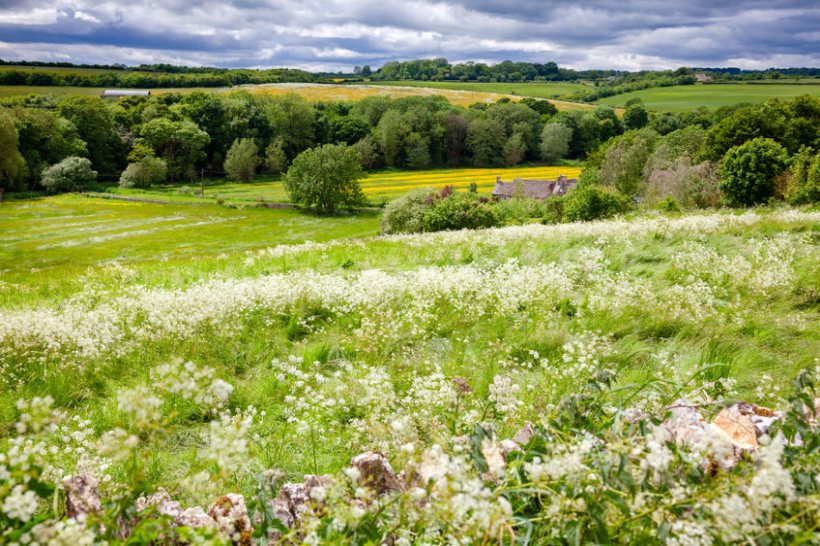
Farmers are being told there are opportunities from biodiversity net gain, but they must also be aware of the potential pitfalls too.
Biodiversity net gain refers to the concept of leaving the natural environment in a better state than before a development and in a manner that provides lasting benefits.
This concept is being enforced by the Environment Act but has already been voluntarily adopted by many local authorities.
Although the responsibility for delivering biodiversity net gain rests with developers, it does bring opportunities for farmers too, chartered accountant Saffery Champness says.
The available biodiversity net gain options are habitat creation or habitat enhancement, both options involve a mix of planting/managing woodland, creating/maintaining wildflower meadows and creation of wetlands.
Whichever option is chosen, the habitat must be secured for a minimum of 30 years and will be registered on Natural England’s website with all agreements recorded to ensure no area is the subject of duplication.
For the selected site an assessment is undertaken using standard metrics set out by Defra, which will be used to record current biodiversity on the site.
From this baseline the developer will have to add back what will be destroyed by the construction, Saffery Champness says, but also to add an additional 10% of biodiversity units.
The end goal is to improve the surrounding area with the uplift on the site itself, but in situations where this is not possible other local land may be used, as long as it falls within the same local authority area.
Peter Harker, partner at Saffery Champness explains: “This creates opportunities for farmers to sell or lease unproductive - and potentially unprofitable - areas of land to developers for them to use in meeting their biodiversity net gain goals.
"Furthermore, where land is leased to a developer and a woodland is created, the landowner may also be eligible to sell carbon credits on this newly created woodland to another party, adding a further revenue stream."
However, landowners must be aware that where they lease the land to a developer, this land will be tied up for at least 30 years under binding covenants, Mr Harker says, so should it be sold these will still need to be upheld.
"Landowners must also be aware of the implications of the change in use of land, potentially affecting the availability of inheritance and other capital tax reliefs," he adds.
"Once the 30 years has run its course, it may also be a challenge to return the land back to its original use as it may have become an ecological area of great significance.
"With these factors in mind, long-term planning is required when any decision is being made.”
